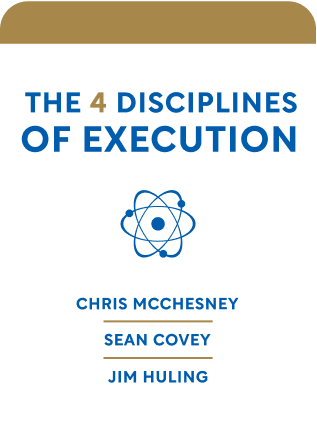

This article is an excerpt from the Shortform book guide to "The 4 Disciplines of Execution" by Chris McChesney, Sean Covey, and Jim Huling. Shortform has the world's best summaries and analyses of books you should be reading.
Like this article? Sign up for a free trial here .
What is the key to improving team performance? How does team performance differ from individual performance?
Improving team performance is about shifting the entire curve of performance rates for your whole team. To make a meaningful difference, everyone has to start performing better.
Keep reading for strategies for improving team performance.
Improving Team Performance
Typically 20% of your team will be resisters, 60% will be potentials, and 20% will be models (a “left and loose” normal curve). The potentials, as their name implies, could be better if they were more motivated, more knowledgeable, etc.
Improving team performance means you have to shift the entire curve to the right (“right and tight”) by getting the potentials to perform more like the models. Otherwise, you’ll only ever achieve normal, acceptable performance, not greatness. To move the curve, you change and improve your team’s behavior (a result of 4DX).
Erasmus Medical Center in the Netherlands is a good example of improving team performance. This hospital, like all hospitals, was struggling with an increase in hospital-acquired infections (HAIs). There is an acceptable limit for HAIs, but Erasmus wasn’t content to be acceptable—they didn’t want anyone to acquire an infection in their hospital. They moved their curve right and after succeeding, others copied their methods.
Agenda Item 1: Review the Scoreboard
The leader starts the WIG session by reviewing the scoreboard, which is a key indicator of if you’re improving team performance. This includes:
- Stating whether the team is above or below the target for the team WIG.
- Stating whether the team is above or below the targets on the lead measures.
- Congratulating the team.
- Congratulating the top performers.
- Emphasizing the need to consistently meet and maintain the targets, even if everything’s already on track
Shortform Example: Book Production Department: Scoreboard Review
Maria might say something like, “Congratulations to Craig and Emiko, who both exceeded this week’s lead measures by renaming four book’s files this week.”
Agenda Items 2 & 3—Improving Team Performance Starting With Leaders
The leader completes both steps 2 and 3 before the team members.
Agenda Item 2: Account for Last Week’s Commitments
The leader reports on her own commitments, in first person, by:
- Reminding everyone of her commitments.
- Stating whether she completed, exceeded, or failed to meet her target.
- Sharing anything she learned that might help her team members.
Agenda Item 3: New Commitments
Immediately after the leader has reported on her commitments (don’t switch people yet), she states her commitments for next week.
Shortform Example: Book Production Department: Leader
Maria might say something like, “Last week I committed to getting approval to purchase preflight software. I got the approval. Next week, I commit to running two 20-minute training sessions on the software.”
Agenda Items 2 & 3—Team Members
Agenda Item 2: Account for Last Week’s Commitments
The leader then gives each of her team members a chance to report on their commitments. They cover the same material:
- Reminding everyone of her commitments.
- Stating whether she completed, exceeded, or failed to meet her target.
- Sharing anything she learned that might help her team members.
If someone hasn’t fulfilled a commitment, the leader addresses it. She follows these steps:
- Demonstrates respect for both the team members and the whirlwind.
- Reminds the team member that commitments have to be fulfilled, no matter what else is going on, because their actions affect the whole team.
- Asks the team member to complete both the missed commitment and whatever they choose for next week’s commitment in the next week. This gives the team member the opportunity to recover, and Maria an opportunity to demonstrate her commitment to 4DX.
Agenda Item 3: New Commitments
Team members state what their commitments will be for the next week. Anyone who missed last week’s commitment must do both that commitment and new commitments before the next WIG session.
Shortform Example: Book Production Department: Team Members
Emiko might say something like, “Last week I committed to having a 15-minute phone conversation with the color specialist at our printer in Malaysia. I learned some photoshop tips that will help us improve the brightness of our images, so we won’t have to make changes to dull-looking photos at press. This week, I’ll have a 15-minute conversation with the greyscale expert at our printer in India.” One of the keys to improving team performance is being accountable.

———End of Preview———
Like what you just read? Read the rest of the world's best book summary and analysis of Chris McChesney, Sean Covey, and Jim Huling's "The 4 Disciplines of Execution" at Shortform .
Here's what you'll find in our full The 4 Disciplines of Execution summary :
- The 4 disciplines that can make any strategy a successful reality
- Why a great plan falls apart when you don't think adequately about execution
- The 6 steps you need to scale the 4DX model across an entire organization






